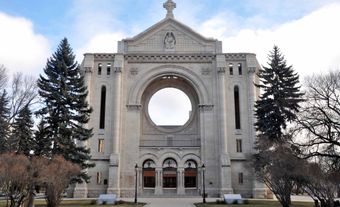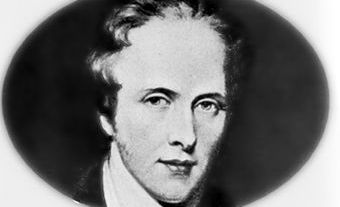St. Boniface, Manitoba, incorporated as a town in 1883 and a city in 1908, now one of 15 wards in the city of Winnipeg, population 46,035 (2016 census). St. Boniface is located on the banks of the Red and Seine rivers in eastern Winnipeg. One councillor represents St. Boniface on Winnipeg City Council. As one of the larger French communities outside Quebec, it has often been at the centre of struggles to preserve French language and identity within Manitoba.
History
Fur traders and European mercenaries were among the area's first settlers. They were hired by Lord Selkirk to protect his fledgling Red River Colony. A Roman Catholic mission was founded in 1818, and St. Boniface became a focal point for missionary work in Western Canada. Early educational, cultural and social-service institutions were started by religious orders. For example, the Sisters of Charity of Montréal (Grey Nuns), established St. Boniface Hospital in 1871. Similarly, the Université de Saint-Boniface had its beginnings in 1818 as a small school run by Roman Catholic priest Father Norbert Provencher.
St. Boniface is also the birthplace of Louis Riel. In the 1890s, the town was a centre for resistance to controversial legislation to alter Manitoba's school system and abolish French as an official language in the province (see Manitoba School Question).
Economy
Agriculture was the basis of St. Boniface’s early economy. Union Stockyards, developed in 1912-13, became the largest livestock exchange in Canada and focal point for a meat packing and processing industry. By the early 1900s, numerous light and heavy industries were established.
Today, St. Boniface is a residential, retail and industrial community. A decline in the meat-packing industry in the 1980s led to the gradual closing of the Union Stockyards. However, St. Boniface still has a wide range of light and heavy industries, retail outlets and services. Headquartered in St Boniface, the Conseil de développement économique des municipalités bilingues du Manitoba promotes bilingual businesses throughout the city and the province. The ward is also the home of the Canadian Centre for Agri-Food Research in Health and Medicine located in the St. Boniface General Hospital Research Centre.
Cultural Life
Early church buildings dominate the landscape of old St. Boniface. The St. Boniface Cathedral was rebuilt following a disastrous fire in 1968. The Grey Nuns’ convent, built 1846-51, is now a museum. Older sections of St. Boniface have been the subject of urban revitalization programs, as has the old Union Stockyards site (more commonly known as the Public Markets). Community cultural organizations include a French-language radio station; La Liberté, a weekly newspaper; the Centre culturel franco-manitobain and Centre du patrimoine; an arts centre; the annual winter Festival du Voyageur; and performing arts groups such as Le Cercle Moilère and Ensemble Folklorique de la Rivière Rouge.

 Share on Facebook
Share on Facebook Share on X
Share on X Share by Email
Share by Email Share on Google Classroom
Share on Google Classroom






